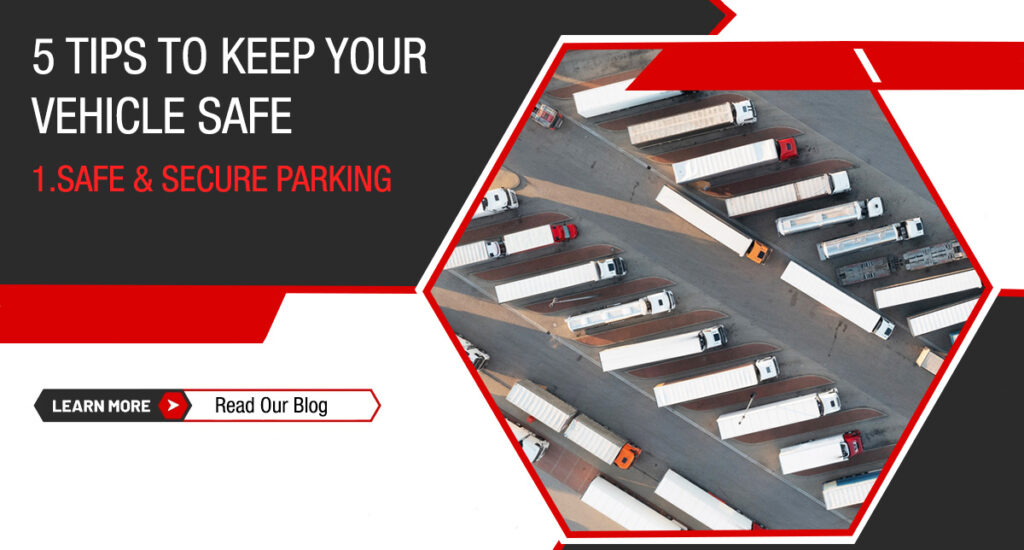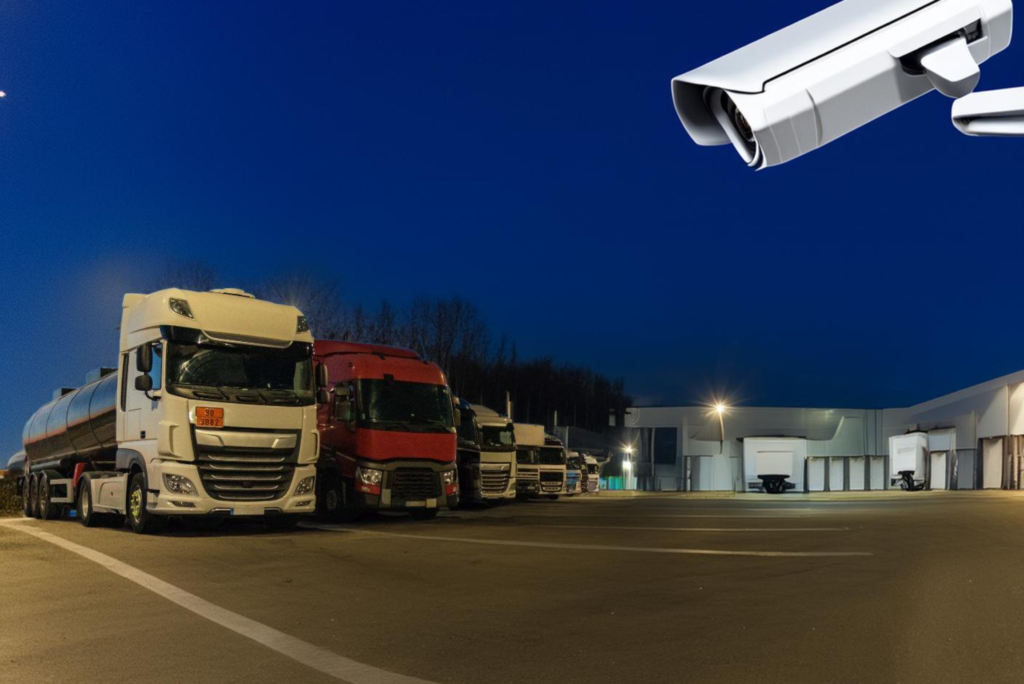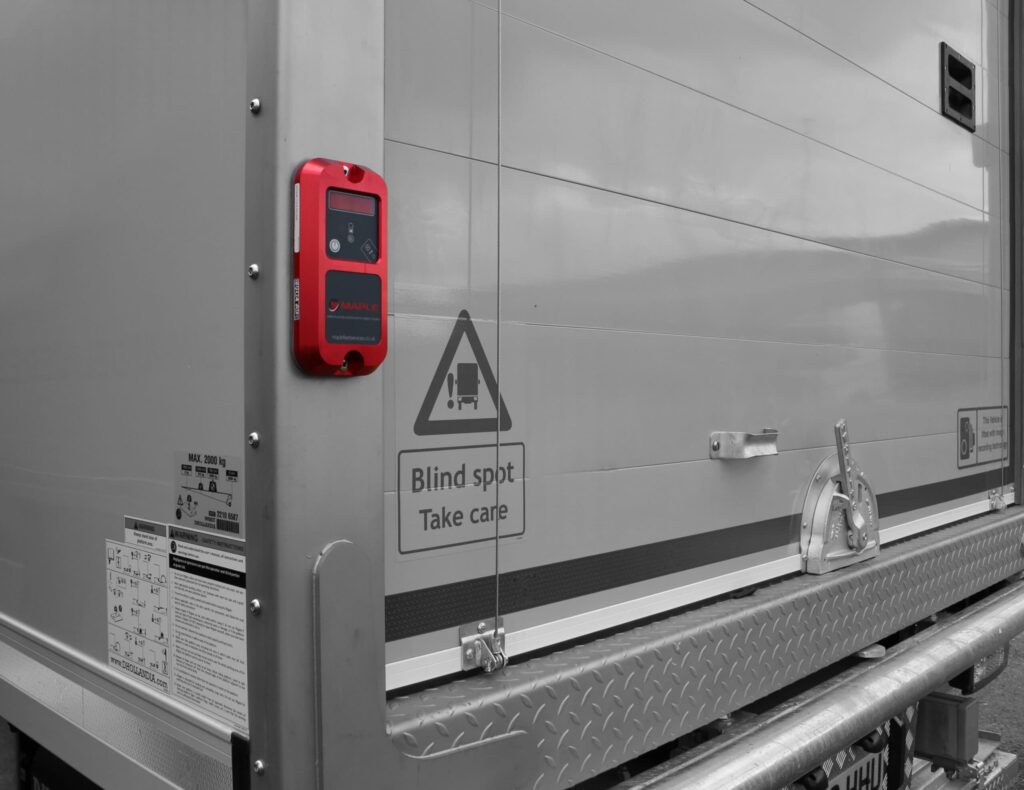
Cargo crime risk highest when vehicles are parked – Are your vehicles vulnerable?
In 2023 over 50,000 supply chain crimes were reported to TAPA EMEA, that’s more than 140 thefts per day – with an equivalent value of more than 800,000 euros for every 24-hour period. For road transport, these already eye-watering figures are exacerbated by the fact 80% of these thefts are from trucks and trailers!
In the fight against organised cargo crime, one of the best defences is simply the removal of opportunity. To this end there is much that drivers and operators can do, to help ensure they don’t become victims.
Five Tips – Safe and Secure Parking
The use of safe and secure parking facilities is perhaps the single most important factor in minimising the risk of cargo crime. The risk posed to your vehicle increases exponentially the moment it is stationary, with the majority of cargo crime incidents taking place in unsecured locations.
Unfortunately, with the current shortage of secure parking areas both in the UK and Europe, identifying suitable rest areas can be challenging. Here are 5 top tips to help keep cargo secure.
Tip 1: Where to Park?
The most crucial decision concerning truck parking is the choice of location, with the safety of the driver and the security of cargo paramount. Truck parking can generally be classified into three categories; Secure, Safe and Unsafe. It is important to understand the differences, so those involved in deciding upon where to park are making informed decisions.

Secure Locations: Secure sites are the ‘holy grail’ of truck parking – They are specifically designed lorry parks, offering enhanced security such as perimeter fencing, CCTV and even on-site security personnel. These sites may typically carry industry recognised accreditations such as ParkMark Freight.
Safe Locations: These sites can be categorised as parking locations that cater for commercial vehicles but do not benefit from all of the same security measures adopted by leading ‘secure locations,’ typically motorway service stations would fall into this category.
Unsafe Locations: Unofficial parking areas that do not offer specific facilities, such as laybys and industrial states. These areas are particularly vulnerable, they are uncontrolled and likely poorly lit. It would be reasonable to expect higher levels of criminal activity in such locations.
Tip 2: Planning Ahead
Route planning is a crucial process in any logistics operation, this should include consideration of what parking area will be used and if it is suitable for both the vehicle and goods being carried. Remember, some popular truck stops can quickly reach capacity, where possible it may be best to book ahead to ensure parking is guaranteed.

Planners should ensure there is adequate time for drivers to reach preferred parking destinations and have contingencies in place in the event of severe delays or disruptions that may prevent a driver from reaching the planned destination.
Wherever possible, drivers should follow planned routes, avoiding unscheduled stops or deviations to minimise the opportunity for criminals to attack. If a driver is required to make a diversion for any reason, they should remain in contact with their dispatch centre to advise of the reasons for the diversion.
Tip 3: Parking Defensively
Regardless of which parking location is used, there are still steps that can be taken to ensure that vehicles are parked as safely and securely as possible. Parking defensively can help to minimise the risk of criminal activity.

If CCTV is present at the chosen location, ensure that your vehicle is positioned within sight of the cameras. Avoid secluded, dark or dimly lit areas which could be more susceptible to crime.
Where possible, restrict access to load areas by positioning the load doors of a vehicle against a wall, building or other vehicle, thus deterring illicit access.
In the event of parking outside of a secure area, such as a layby, drivers may wish to consider parking with the fuel tank exposed to traffic, thus making it more difficult for perpetrators involved with fuel theft to stay concealed.
Tip 4: Driver Safety & Training
It is crucial that drivers are kept informed of specific carrier policies around parking requirements and that this is correctly communicated to them. This should include details of any specific parking arrangements, or if the final decision rests with the individual then what is the criteria when selecting the parking facility.

It cannot be overstated that vehicles and their potentially high-value loads are fundamentally under the sole control and responsibility of one person for the duration of transportation. It is crucial drivers have the tools and resources to safeguard themselves and remember to follow good practices.
Visual Checks: Ask yourself if the location looks safe. Are other vehicles parked there? If not, why not. Look for graffiti or any evidence of criminal damage which may indicate the area is not suitable.
Personal Safety: Ensure your phone is fully charged and has a signal – being able to raise the alarm in an emergency is crucial, take time to check.
Take Precautions: When leaving the cab, always lock the doors and keep your vehicle keys on you at all times. When returning to your vehicle, check for any signs of damage or interference – record your checks.
Social Media: Cargo crime is undertaken by organised criminal gangs, they can learn a great deal from social media, quickly piecing together information to identify targets. When using social media do not share any information about your cargo or location.
Tip 5: Securing Vehicles
Ultimately, ‘cargo at rest, is cargo at risk.’ The moment our goods are loaded onto a vehicle and released onto the road network they become instantly more vulnerable – Yet many commercial vehicles still lack even basic security measures.

It needn’t be the case of course, there are a plethora of security solutions available for any door or vehicle type, catering for all budgets and operational requirements.
Maple offers a range of truck and trailer door locks including the entry level Turtle lock, an integrated electronic seal and locking application such as Integritas and the high security FreightLock for shutter or barndoor applications.
To discuss your requirements further, contact Maple direct.
Additional Resources
There are many driver resources available, to help you and your cargo stay safe.
1. Cargo And Road Transport (CART) Security Guide – A comprehensive resource that discusses major security threats, best practices and potential solutions to cargo crime. Download your copy here: https://www.maplefleetservices.co.uk/download/cargo-road-transport-security-cart-guide/
2. Drivers Cargo And Road Transport (CART) Security Guide – A unique resource for commercial vehicle drivers to raise awareness of security threats and offer practical advice. The Guide is FREE to download and is available in six languages: https://www.maplefleetservices.co.uk/award-winning-drivers-cart-security-guide-now-available-in-seven-languages/
2. Motorway Buddy – A drivers smart phone ‘app’ that helps drivers locate truck stops and fuel stations (UK only): https://www.motorwaybuddy.co.uk
3. The European Secure Parking Organisation ESPORG – The European Secure Parking Organisation, provides details and ratings of secure truck parking areas across 15 countries. www.esporg.eu
4. TRANSPark by IRU – Database of European truck parking locations, together with a security rating & overview of available facilities. www.iru.org/apps/transpark-app
